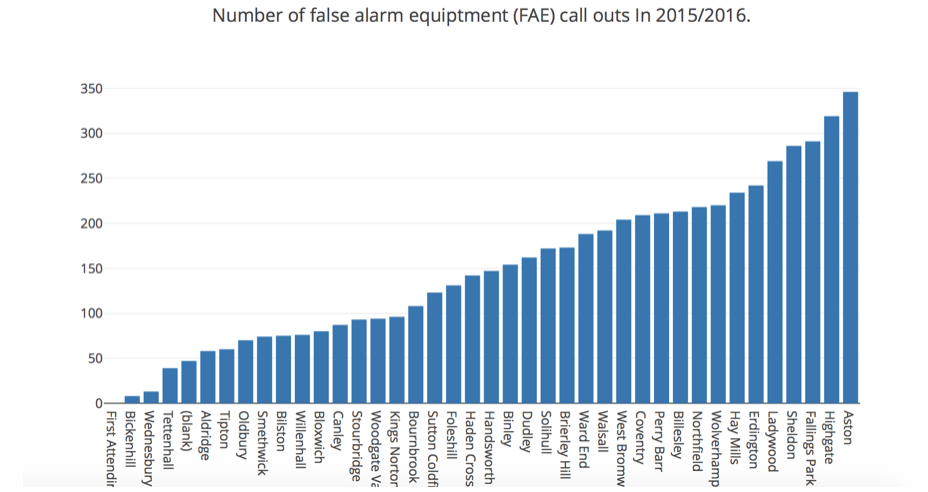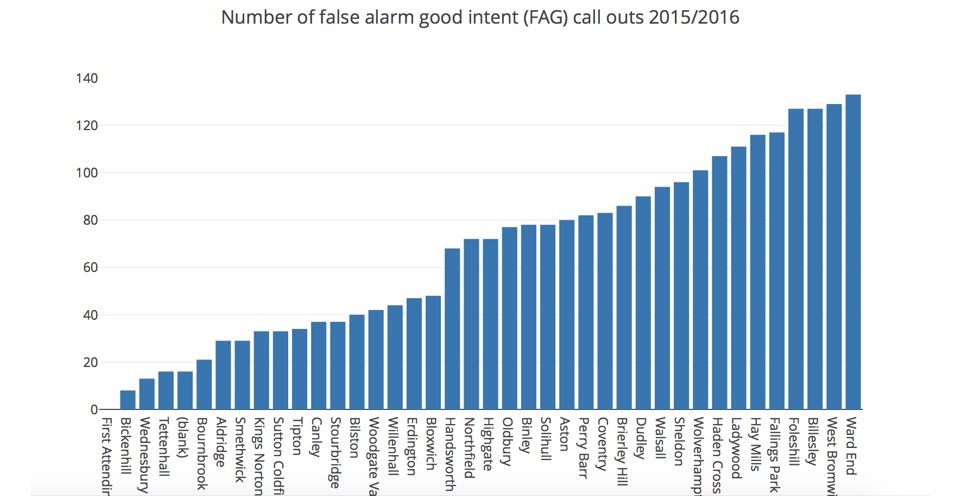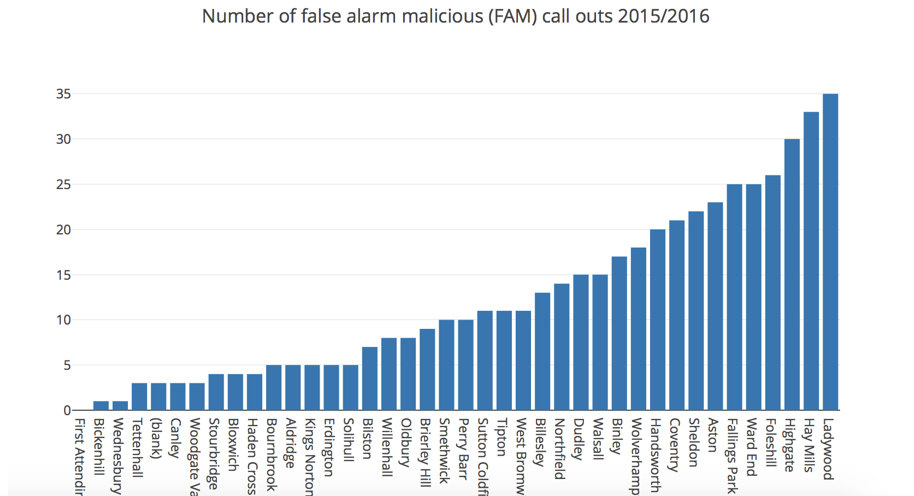Birmingham’s fire crews called to thousands of false alarms.
- Harriet McCulley
- Apr 26, 2018
- 2 min read
Figures released under the Freedom of Information Act have revealed that 10,728 false alarm incidents were attended in Birmingham during 2016/2017.

With areas including Ladywood, West Bromwich and Highgate having the most false alarms:
Highgate 514
West Bromwich 663
Ladywood 892

Bickenhill was the area with the least false alarms, with only 41 incidents followed by Wednesbury, 64 and Tettenhall, 80.
There were a total of 11,047 fires and 10,728 false alarms in the year.
False alarms are split into three types. ’False alarm – equipment’ is for calls initiated by fire detection or firefighting equipment activating (such as smoke alarms or sprinklers) when there isn’t a fire.
‘False alarm – good intention’ covers instances where a person sees or smells smoke, thinks there’s a fire and sounds the alarm but there turns out to be nothing.
‘False alarm – malicious’ applies where someone purposely breaks the glass at an alarm point, or interferes with a detector to get the brigade to attend a non-existent fire.
Figures from 2015/2016 have been broken down into these types of false alarms.
West Midlands Fire Service are working with partners to reduce the number of false alarms.
Wayne Little, the West Midlands Station Commander said:
“Our team of firefighters can’t be in two places at once, so if they’re attending a false alarm it means that they can’t attend a call that could be much more serious and life threatening to other people.
“There’s still a lot of work to do to reduce the number of false alarms, especially as the number of resources we have available reduces.
“We’ve worked hard and have implemented a procedure, that we call call challenging, that allows us a proportional response to any AFA calls we receive, which is all based on the risk analysis of the call.
“We also speak to anyone at the premises conceded at the time in order to establish whether or not to respond to the call.”
In 2015 they introduced Business Support Vehicles (BSVs) which stopped fire engines and crews being deployed unnecessarily and are continuing to lower the figure of false alarm incidents.
For further information on reducing false alarms, you can view this guidance from the Chief Fire Officers’ Association. http://www.cfoa.org.uk/10863











Comments